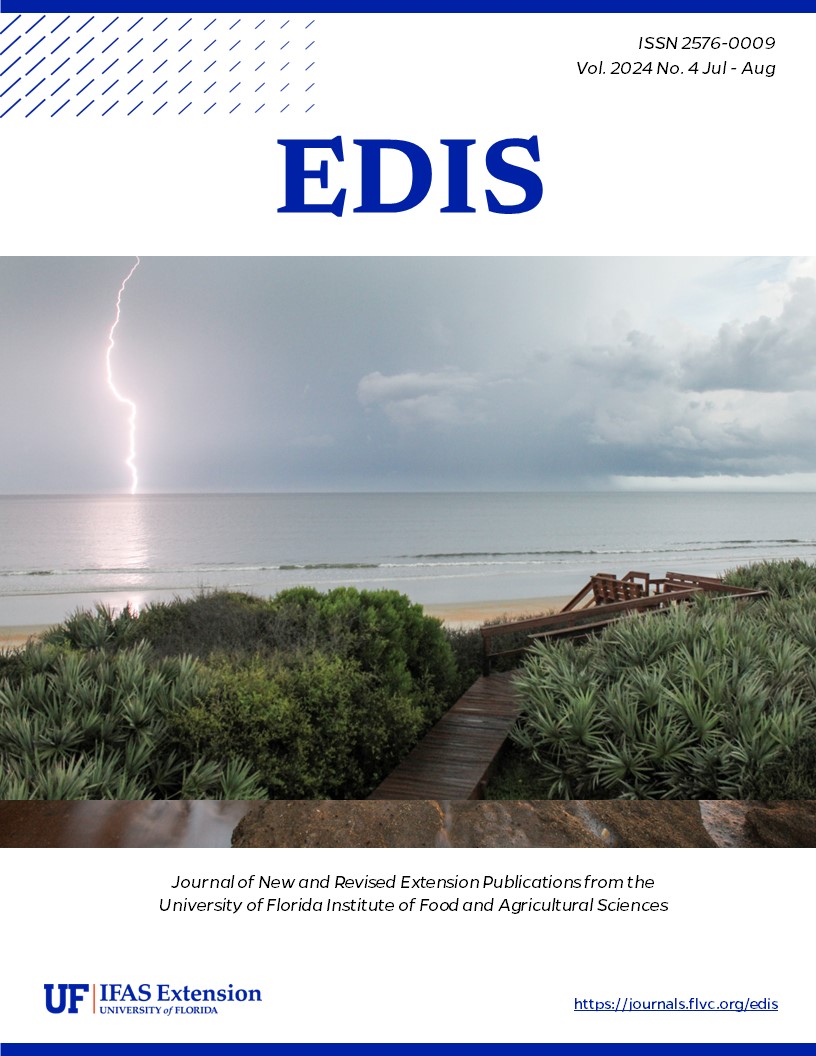Abstract
Non-native species are animals and plants living outside of their native ranges as a result of human activity. The specific introduction of a species to an area can occur intentionally or unintentionally. A few introduced non-native species will become established (breed) and can become invasive species capable of harming ecosystems, economies, or human health and safety. The establishment of invasive species can follow a trend known as the “invasion curve.” The longer invasive species remain in an area, the more severe their impact, the higher the chance for their distribution, and the greater the expense to manage them. Invasive species like the Burmese python and the lionfish have already harmed Florida Keys ecosystems. The Keys are particularly susceptible to invasion because of their tropical climate, island geography, and abundance of the disturbed habitats that help invasive species establish and spread. Early detection of new species is vital to saving Keys native species.

This work is licensed under a Creative Commons Attribution-NonCommercial-NoDerivatives 4.0 International License.
Copyright (c) 2024 UF/IFAS

